Source: Author Lisa Pliscou
Paperback, 188 pgs
I am an Amazon Affiliate
Young Jane Austen: Becoming a Writer by Lisa Pliscou is an unusual biography in that it is written from the perspective of a young girl, the now famous Jane Austen. In the introduction the author said she has created a “speculative biography” because there is so little known about Austen’s younger years. She includes a time line for the biography and a list of sources, as well as a delightful annotated version of the biography in the back of the book. Annotations help provide context to the well crafted narrative of young Jane’s early life. An overarching theme in this biography is what makes a writer become a writer? Are they born as such? Does it require simply a fondness for words or an observant nature and does it need to be nurtured just by the individual or by their own support system?
“But people aren’t born writers; they become writers. They’re shaped by the circumstances of their lives — their personality, their interests, their experiences, their family and friends — and it’s never a certain thing that a talent with words, no matter how abundant, will find its full expression in both accomplishment and recognition.” (pg. 141)
With this thesis in mind, Pliscou sets about illustrating how this may be true for Jane Austen, called Jenny by her family. In many respects, she was not considered the writer of the family, and many in her family also wrote, including her mother. And again, like most writers will tell you, reading can shape your craft as a writer, and as Jane read more and more, she began to use her knowledge to pick apart novels and other writing to learn how it functioned.
“Like Mama ripping apart an old gown of Cassy’s, only to put it together in a different way, creating a new gown for Jenny, Jenny was going to rip apart everything she had read.” (pg 75)
Pliscou does touch upon the limited options available to women of Jane’s time, even in her transitions between different parts of the book. At the heart of this biography is a strong young lady who sees an opportunity to become more and to be fulfilled in an unconventional way. Had she different parents or siblings, perhaps there would have been no famous novelist. But thankfully, that was not to be. Young Jane Austen: Becoming a Writer by Lisa Pliscou is delightful, and would make a great introduction to young writers still toying with words on the page. It demonstrates a young lady’s life as it is shaped by the world around her and the words on the page, and it also includes delightful illustrations.
About the Author:
Lisa Pliscou is an acclaimed author of both fiction and nonfiction — funny, thought-provoking, educational, inspiring — for adults and children, with a highlight on the coming-of-age experience.
Her work has been praised by the Wall Street Journal, the Los Angeles Times, the Chicago Sun-Times, Publishers Weekly, Booklist, the Associated Press, The Horn Book, and other media.

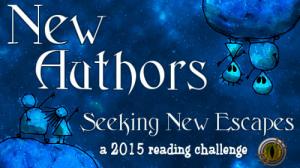

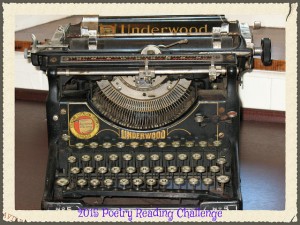



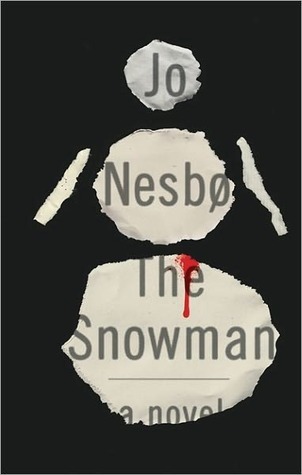
 About the Author:
About the Author:
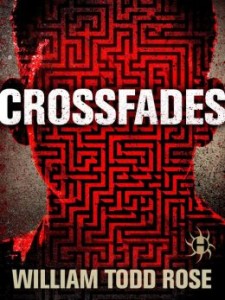
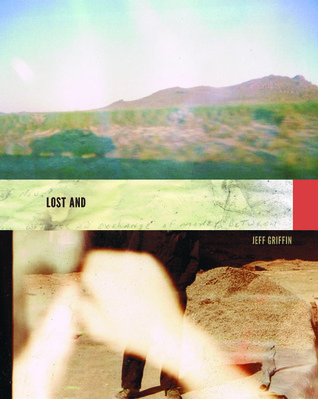
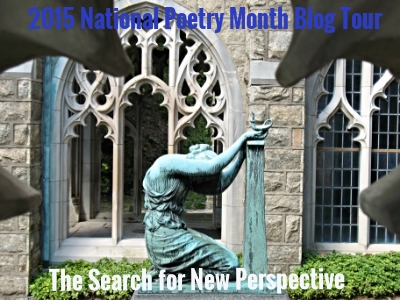

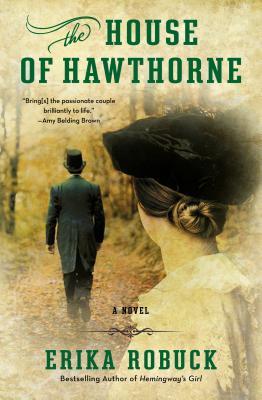
 About the Author:
About the Author:

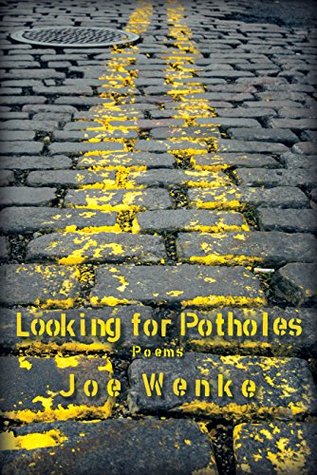
 About the Poet:
About the Poet: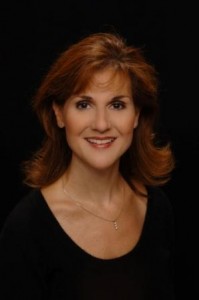 About the Author:
About the Author:


